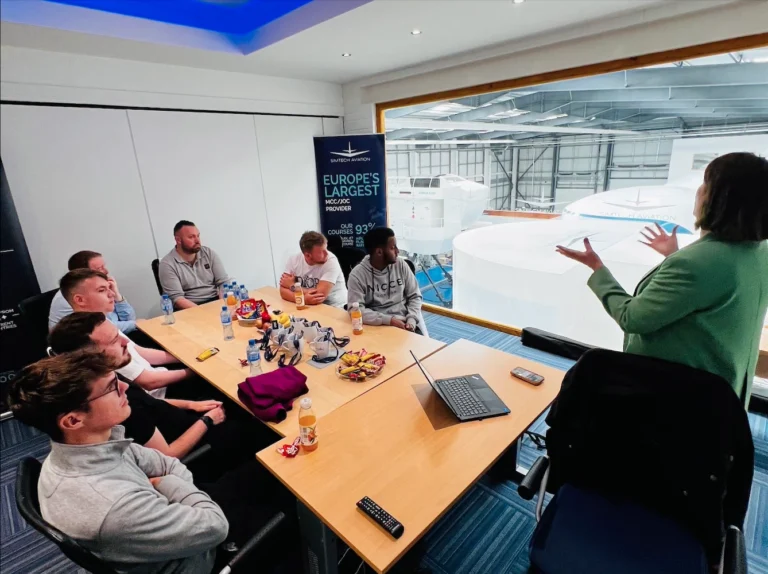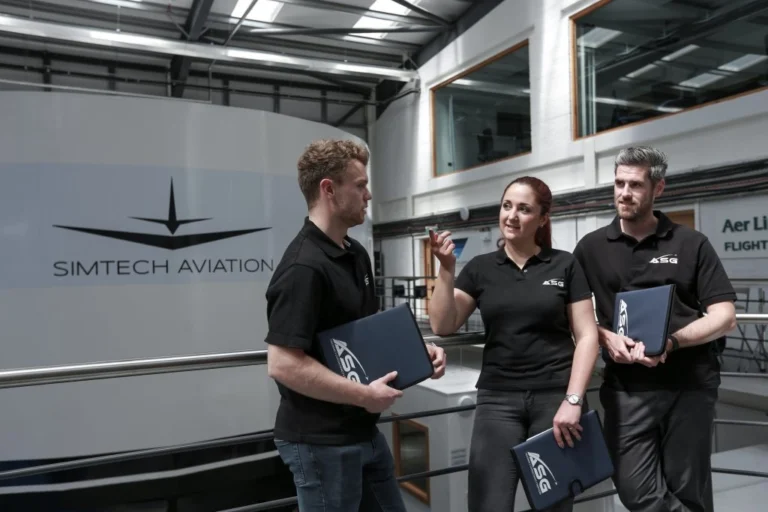Outstanding UK CAA APS MCC students at Simtech Aviation are now being directly recommended to Wizz Air UK for priority interview and assessment.
May 7th 2025, 6.30pm GMT
Online
Read More
January, 2025
At Simtech, we always look forward to welcoming new cadets, showing them our state-of-the-art facilities and giving them the opportunity to meet with some of our highly experienced instructors and team.
Read More
March, 2021
New Partnership: Simtech Aviation has agreed a partnership to work closely with ASG to provide students with preferential access and rates to undertake Simtech Aviation’s industry leading APS-MCC and MCC-JOC courses.
Read More
November, 2020
Simtech Aviation announced earlier this year that it has acquired an ATR 72-600 FFS simulator in conjunction with its partner Falko Aviation.
Read More